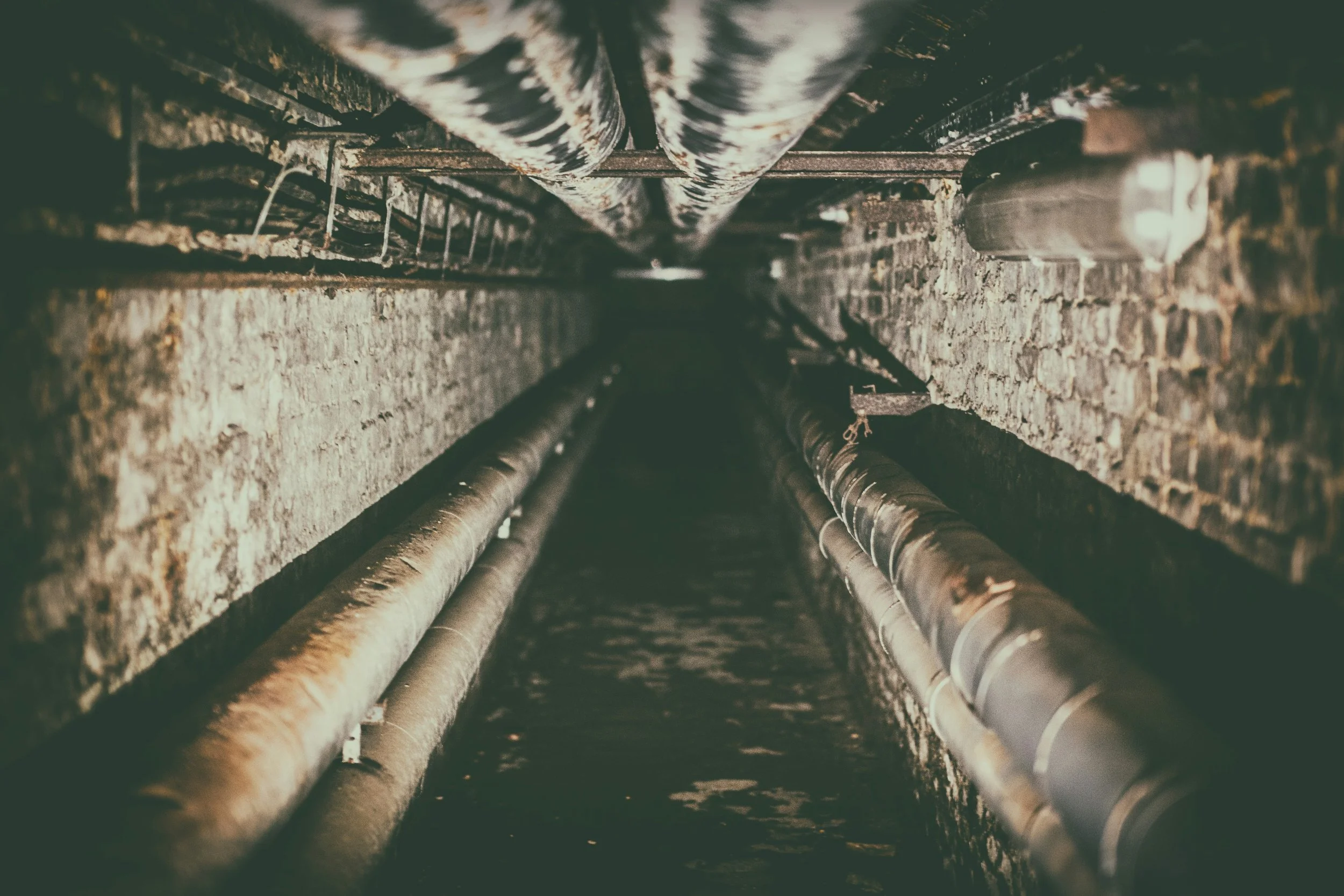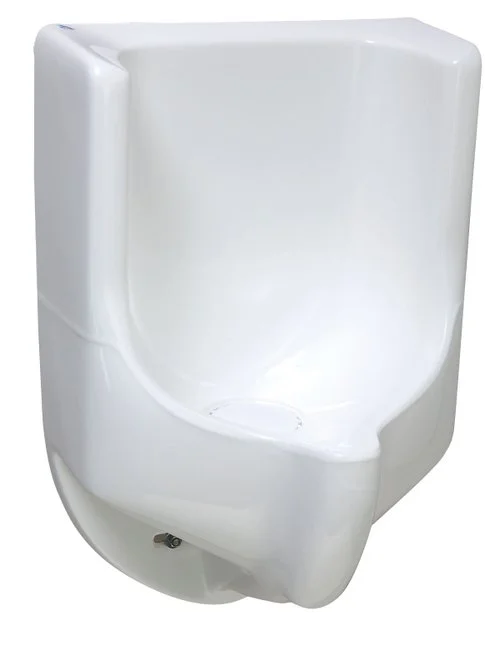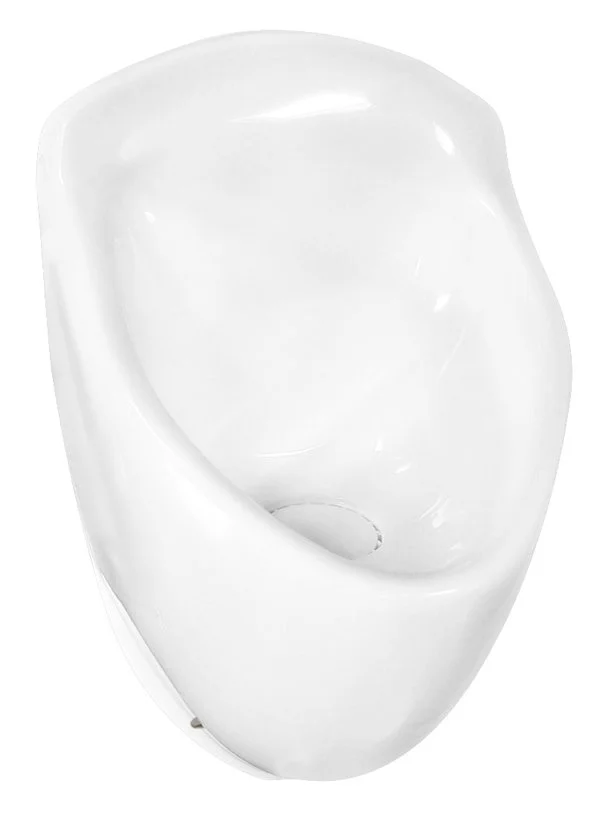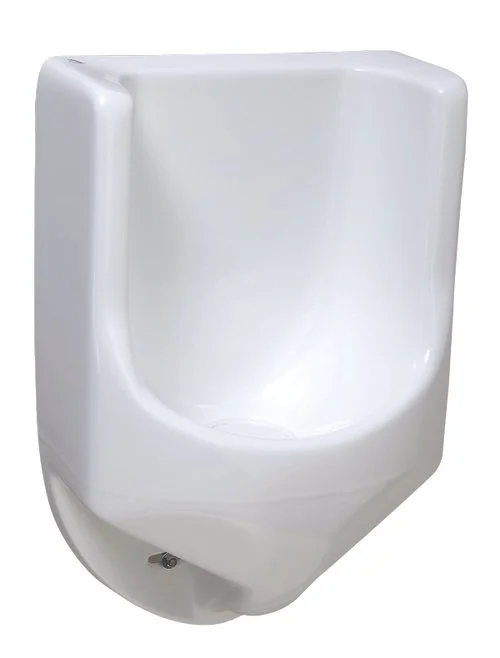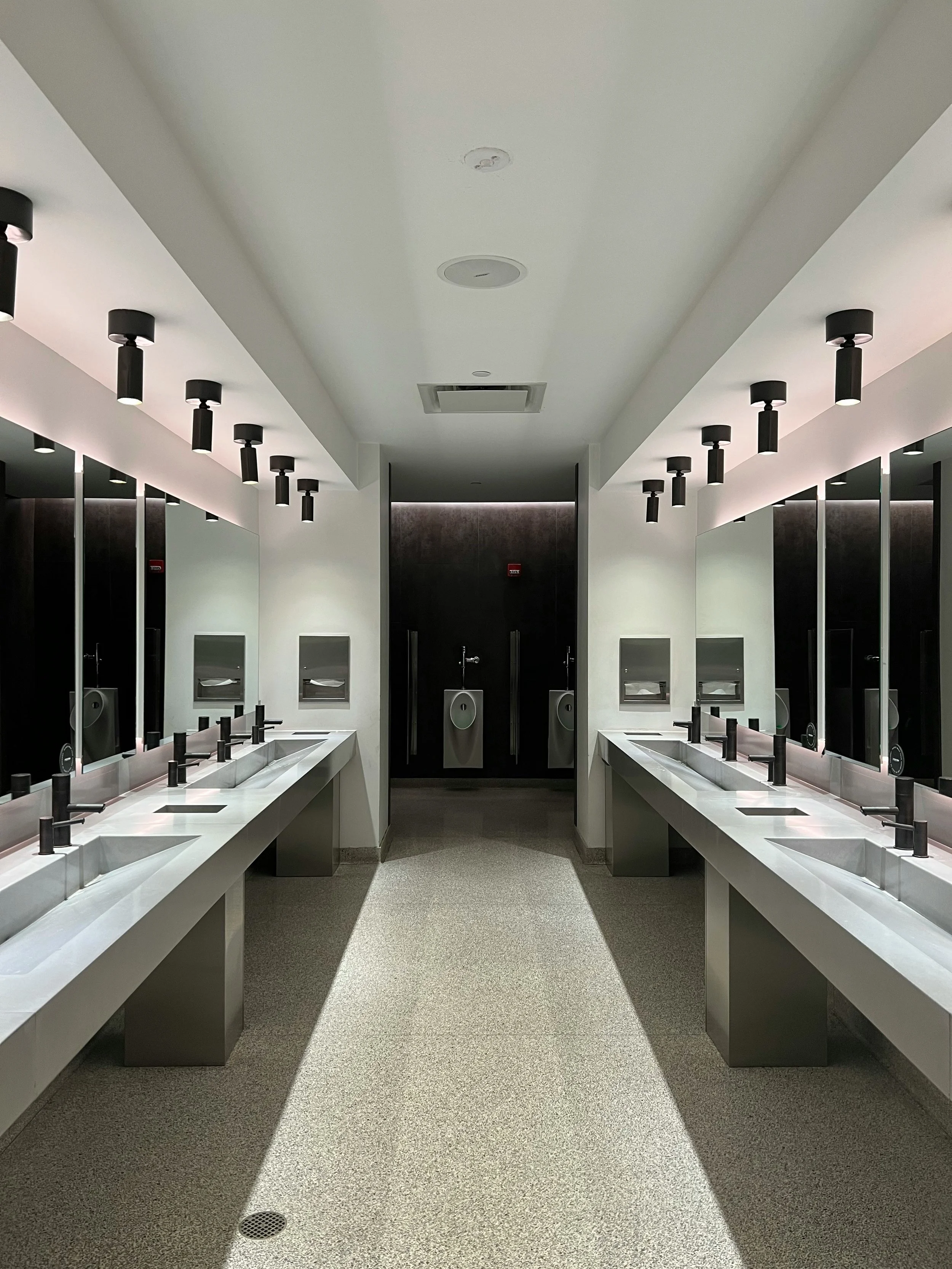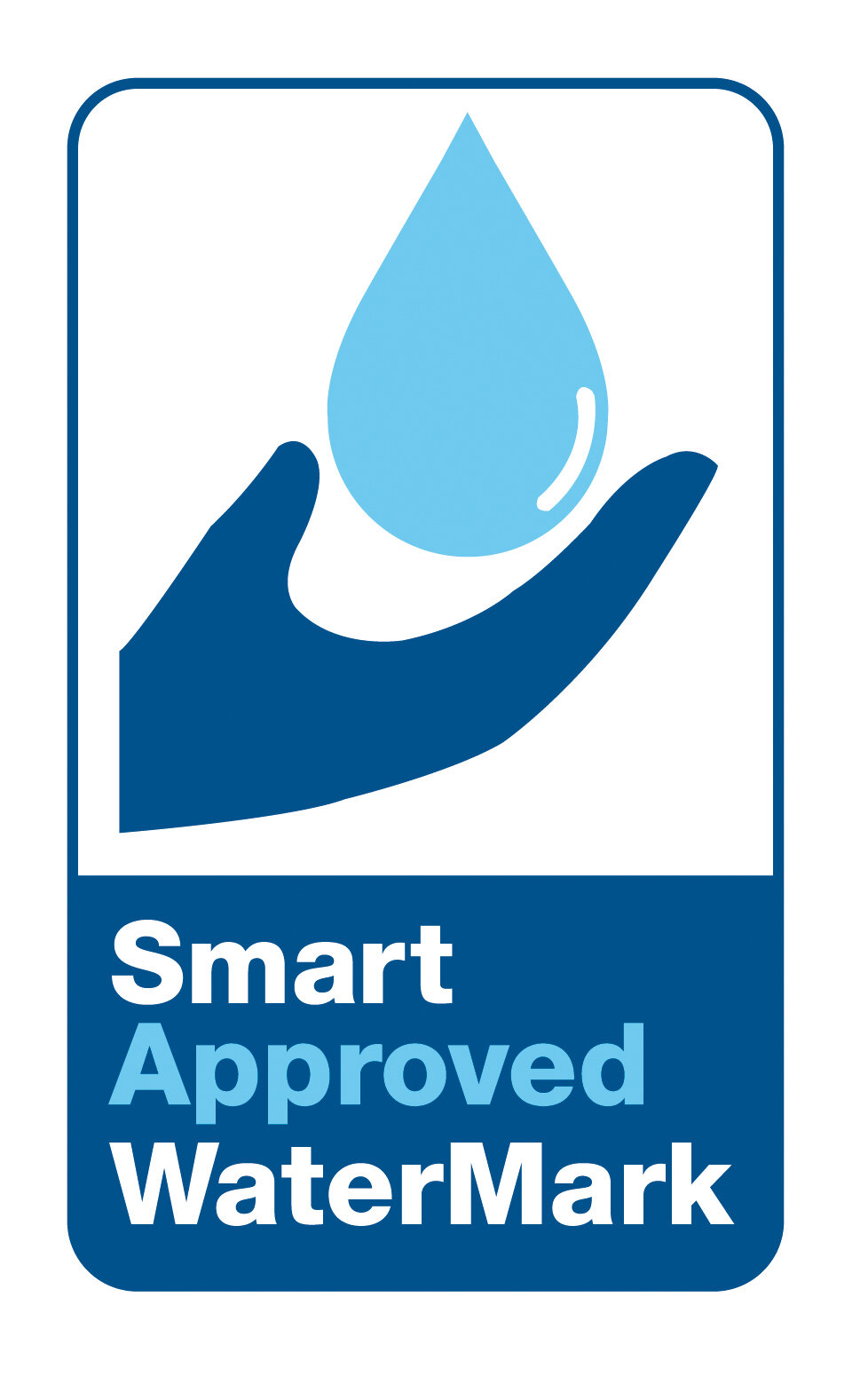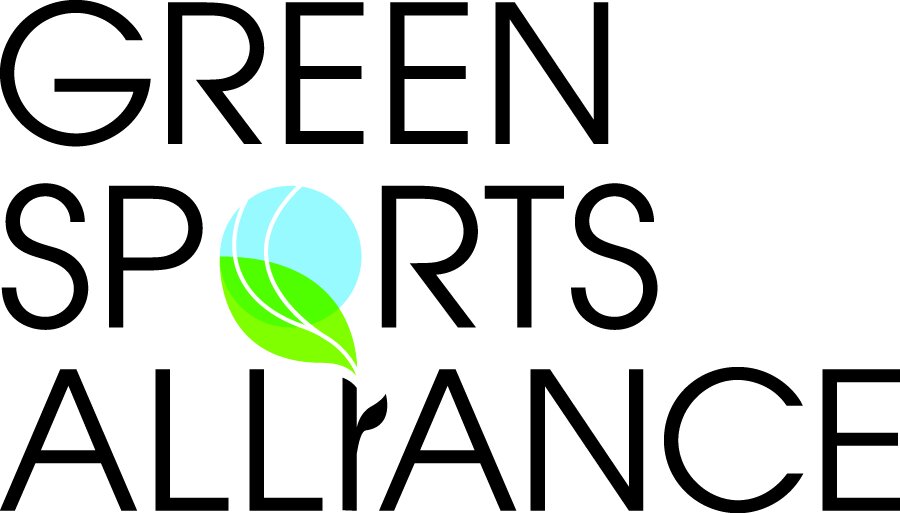Waterless Urinal Installed in an artist’s studio.
Interest in no-water urinals has surged in recent years — and for good reason. With growing concerns about water scarcity, stricter regulations, and the push for sustainable building solutions, more people are exploring proven ways to cut water use without sacrificing performance.
At Waterless Co., Inc., we’ve been receiving more questions than ever about how these urinals work, where they can be used, and what to expect when making the switch.
Here are answers to some of the most frequent questions we’ve recently received. 👇
🏠 Can You Install Waterless Urinals in Homes?
Yes — and it’s becoming more common!
Homeowners, especially those remodeling bathrooms, are beginning to see the appeal. Waterless urinals have been installed in homes “under the radar” for a few years, but interest is quickly rising.
🌍 Are Waterless Urinals Better for the Environment?
Absolutely. But let’s break that down.
They’re better in four key ways:
1️⃣ They reduce water consumption.
Each urinal saves thousands of gallons every year.
2️⃣ They cut water waste.
No malfunctioning flush valves, leaks, or unnecessary flushing.
3️⃣ They save money - Significantly.
When less water is delivered and removed from a facility water utility costs go down – yes, a lot.
4️⃣ They lower carbon emissions.
For every 264 gallons (1,000 liters) of water saved, roughly 175 grams of carbon are avoided — about 720 pounds of carbon per urinal annually. That’s because delivering and removing water requires energy.
🔁 How Often Do You Replace the Cartridge?
Typically, every 3–6 months for Waterless Co. urinals.
Some brands may require replacements every 2–3 months, often at higher cost — so always compare before you buy.
💵 What Are the Annual Maintenance Costs?
For our systems, annual maintenance averages around $50 per urinal.
That includes:
2–4 cartridge changes ($9–$15 each)
Occasional refills of BlueSeal®, our odor-blocking liquid sealant.
For context: repairing or replacing a conventional urinal flush mechanism can cost $60 to $250 — each time.
🛒 Where Can You Buy Waterless Urinals?
We recommend starting with a plumbing distributor, who can help match the right model to your needs.
However, many customers purchase these urinals from reputable online retailers or directly from the manufacturer.
⚙️ What Are the Main Problems with No-Water Urinals?
Very few. With no flush valves or moving parts, there’s little that can go wrong.
If a cartridge ever clogs from mineral buildup, just replace it following manufacturer instructions — no plumber required.
🧭 The Big Picture
Waterless urinals are a practical, proven solution for all types of buildings — from schools to offices to homes — especially in drought-prone regions.
They save water, cut costs, and deliver a high return on investment. In a time when every drop counts, that’s innovation worth paying attention to.
Klaus Reichardt
CEO & Founder, Waterless Co., Inc.
💧 Helping facilities use water more efficiently, reduce costs, and support sustainable operations.
🔗www.waterless.com



